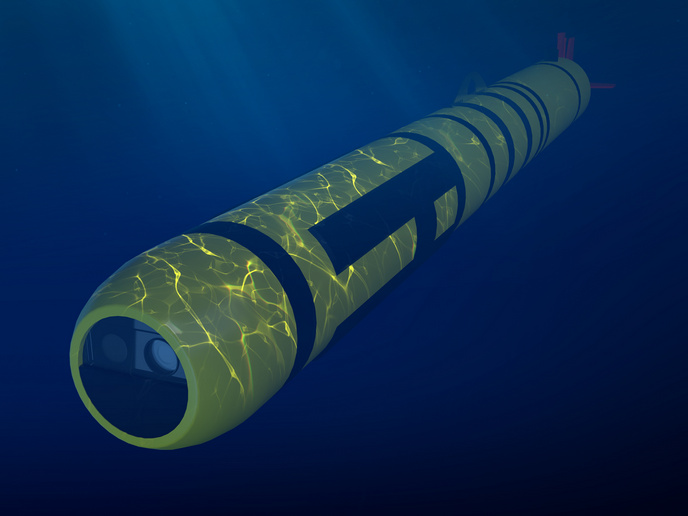Probing carbon remineralisation in the deep ocean
The impacts of man-made climate change would be far greater were it not for the ocean. Through the biological carbon pump – the natural process of organic matter sinking and being remineralised into CO2 – the ocean draws CO2 out of the atmosphere and into its depths. This critical part of Earth’s carbon cycle helps to slow the impacts of climate change. The amount of organic carbon stored in the ocean is mostly determined by the depth at which this remineralisation occurs. Yet we lack a complete understanding of how or why this depth varies over time, as conventional methods to measure it are incapable of capturing the variability. In the GOCART(opens in new window) project, which was funded by the European Research Council(opens in new window), a team of researchers led by Stephanie Henson(opens in new window), a principal scientist in the Ocean BioGeosciences group at the National Oceanography Centre in the United Kingdom, used autonomous underwater vehicles (AUVs) to measure remineralisation depths in the deep ocean. “We’ve found that the variation in remineralisation depth is happening on many different temporal scales – from daily to weekly and over seasons,” explains Henson, GOCART project coordinator. The project also revealed how patterns of variability differ between regions, through missions in the Southern Ocean, a subtropical upwelling zone, and in the North Atlantic. “All had different phytoplankton bloom dynamics, carbon fluxes and remineralisation depth,” adds Henson.
Trials with autonomous gliders
Before embarking on their global quest, the GOCART team worked closely with engineers at the National Oceanography Centre in the United Kingdom to make sure the glider missions met their requirements. This included integrating new sensors, planning for longer deployment times than previously completed (up to 4 months), and developing higher resolution sampling. Through the various missions, the researchers uncovered unexpectedly high temporal variability in the pump efficiency at sub-daily to weekly timescales, including a lot of episodic pulses of organic carbon flux. “This kind of detailed data was only possible because we used underwater gliders; ship-based measurements simply can’t obtain the resolution or long timescales necessary to reveal this variability,” notes Henson. “The variability gives us a window into what drives biological carbon pump efficiency, as we can identify factors that vary on similar timescales.” The team could then use their results to assess the current understanding of the drivers of biological carbon pump efficiency and temporal variability, and identify knowledge gaps that might be addressed with future autonomous or shipboard missions, or in future model development efforts.
Exploring new scientific questions in the ocean depths
“I’m really proud of the fantastic scientific results we delivered of course, but I think I’m most proud of the people who came together to form the GOCART team,” says Henson. “We established a group at the leading edge of using AUVs for marine biogeochemistry that is recognised internationally for its excellence and innovation.” The GOCART team will continue to study the biological carbon pump using gliders – and other technologies. The research is now using not only gliders, but also autonomous floats and unmanned submersibles, while undertaking missions throughout the ocean to explore if the GOCART results are valid elsewhere. Henson concludes: “As with many projects, we increased our understanding of some aspects of the pump, but now have a whole raft of new questions!”



